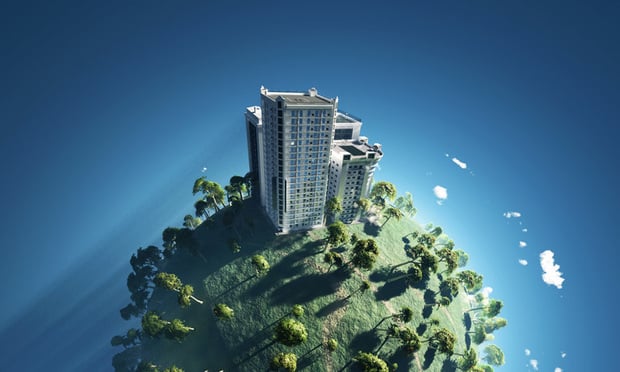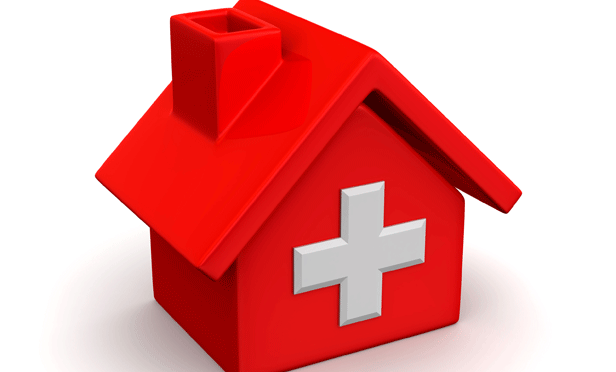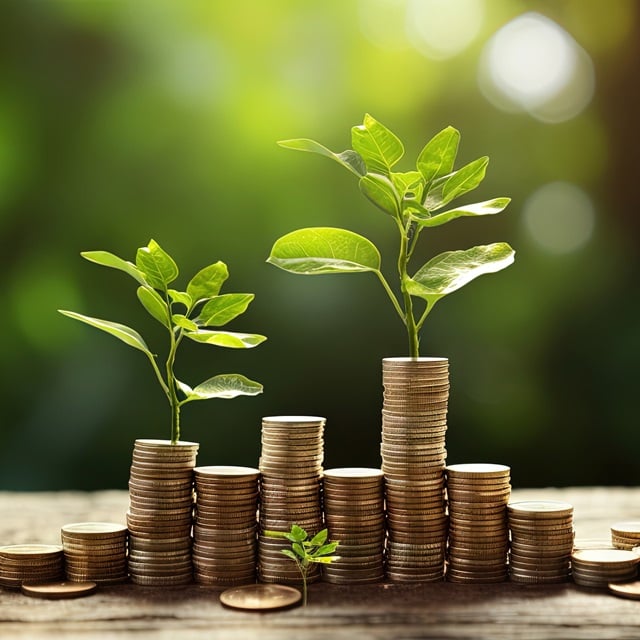As the COVID-19 crisis has spread across the country, it's becoming increasingly clear that restaurant workers, grocery store clerks, delivery drivers, repair guys and medical workers are getting hit especially hard.
"If you look around the country, now more than ever, people who have the most needs are the ones repairing critical infrastructure," says Dr. Aaron Bernstein, USGBC board chair and also the co-director of Harvard's Center for Climate, Health and the Global Environment (Harvard C-CHANGE). "These are not necessarily glamorous jobs."
In addition to being put in harm's way daily, many of these workers are going back to homes or buildings that would benefit the most from green upgrades, according to Bernstein.
"I think one thing that this epidemic makes clear is how critically important it is that we all work to make sure that green building isn't just for the well off," Bernstein says.
The altruistic argument is that building green is the right thing to do for lower incomes workers. But there is also another reason to do it.
"There is also a selfish one [argument] because all of the people who have more resources will not be able to get stuff done without people working in their businesses," Bernstein says. "So making sure that green buildings are accessible to a bigger swath of the population, is in everyone's interest. I think that's the one thing that comes, at least to me, very clearly from this COVID-19 experience."
But how do you convince building owners, managers and developers the value of operating properties that are clean, healthy and sustainable?
Bernstein thinks the building community will be receptive to green "interventions" that improve the bottom line. The argument that green buildings help people perform better and be healthier also can bridge the gap.
"Whether you're talking about a business that needs people to be thinking and productive in their workplaces or people who own building portfolios and are looking at their return on investment," Bernstein says. "On the one hand, the value proposition around a green building has driven a huge amount of uptake [in green practices.]. But we still have a long way to go."
Rachel Gutter, president of the International WELL Building Institute (IWBI), agrees with many of Bernstein's points. "Business owners need to hear that we don't need anyone to embrace a commitment to health and wellbeing from an altruistic stance," she says. "This situation underscores that better than ever."
Gutter argues that COVID-19 will go a long way to showing the business argument behind investments in healthy buildings. "Businesses that will survive coming out of this … had preparedness and resilience already embedded within their policies, within their building design and operations and within their culture," Gutter says.
Want to continue reading?
Become a Free ALM Digital Reader.
Once you are an ALM Digital Member, you’ll receive:
- Breaking commercial real estate news and analysis, on-site and via our newsletters and custom alerts
- Educational webcasts, white papers, and ebooks from industry thought leaders
- Critical coverage of the property casualty insurance and financial advisory markets on our other ALM sites, PropertyCasualty360 and ThinkAdvisor
Already have an account? Sign In Now
*May exclude premium content© 2024 ALM Global, LLC, All Rights Reserved. Request academic re-use from www.copyright.com. All other uses, submit a request to [email protected]. For more information visit Asset & Logo Licensing.









